Uterine fibroids have become one of the most common reproductive problems in menstruating females. Fibroids are the muscular outgrowths on the walls of the uterus that are fibrous in nature. These are often confused with cysts in the uterus. But, cysts contain fluid where fibroids are made up of smooth muscle. The confusion occurs due to high similarity in the symptoms of both the conditions.
The symptoms of uterine fibroids include:

● Frequent spotting between two cycles of menstruation
● Heavy and painful periods
● Prolonged bleeding for 5-7 days
● Intense abdominal cramps and back pain
● Increased hair fall
● Drastic changes in the bodyweight very frequently
These symptoms of uterine fibroids can arise due to the following causes explained in detail for your clear understanding.
Causes of uterine fibroids
1. Fluctuations in hormonal levels
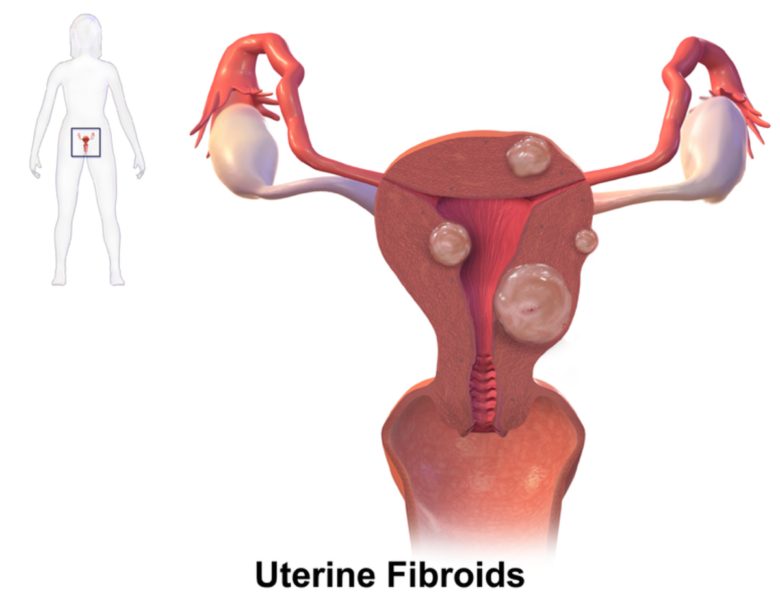
Although the actual link between uterine fibroids and hormonal levels is not completely known, experts believe that high levels of estrogen and progesterone can play a crucial role in the development and growth of fibroids on the uterus. Fibroid tissues have a considerably greater number of estrogen receptors than any nearby uterine tissues. This is why estrogen can bind to these receptors more easily and this can trigger the growth of existing fibroids.
2. Genetic reasons and hereditary factors
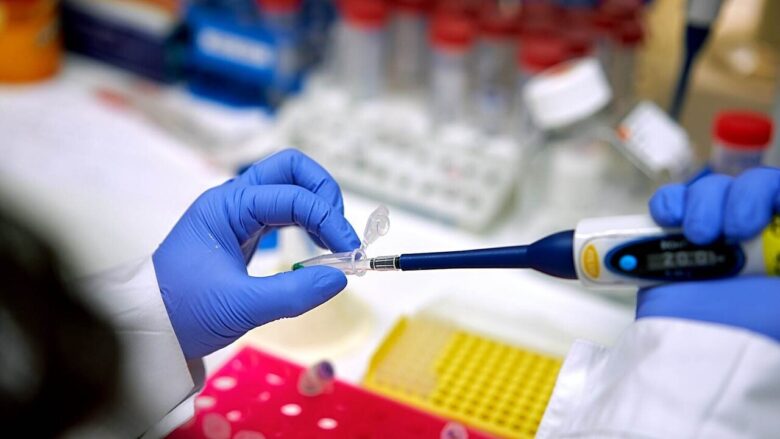
Genetic and family history also has a lot to do with the development of fibroids on the uterus. Researches have shown that fibroids contain genetic material significantly different from the normal uterine muscles. Also, if you have a close family member who has had fibroids, you are at three times increased risk of developing them.
3. Pregnancy
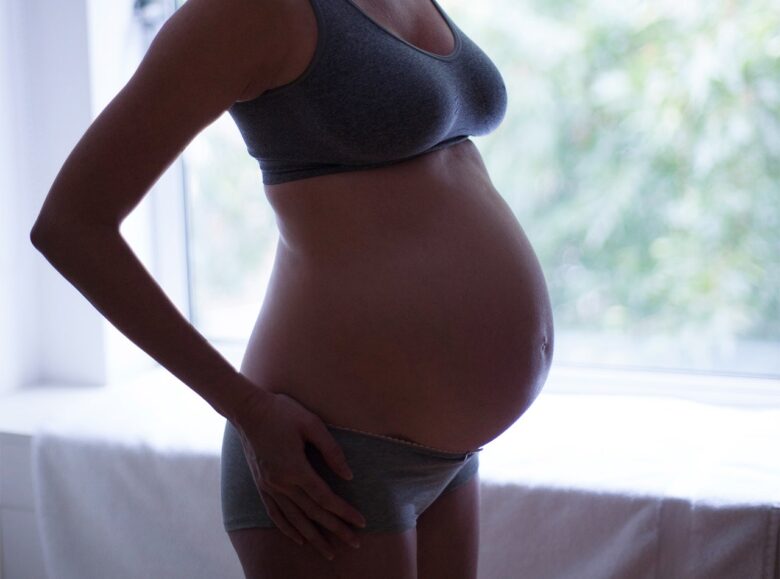
For a number of women, pregnancy can trigger the onset of uterine fibroids. This is because the levels of estrogen and progesterone increase considerably during pregnancy. The fibroids may start forming in the first trimester of the pregnancy and grow rapidly throughout the next 6-7 months.
4. Obesity
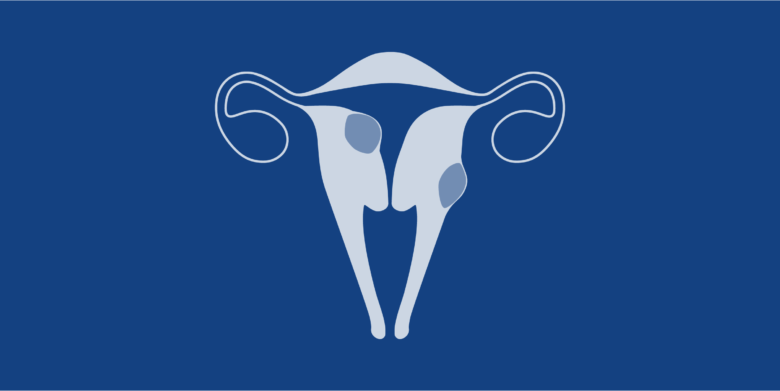
Being overweight can increase your risk of developing uterine fibroids by as much as 2-3 times. This is because the excess fat cells lead to higher estrogen release in the body. Since hormonal imbalance is the major cause of uterine fibroids development, women who are obese are more prone to uterine fibroids.
5. Certain dietary factors
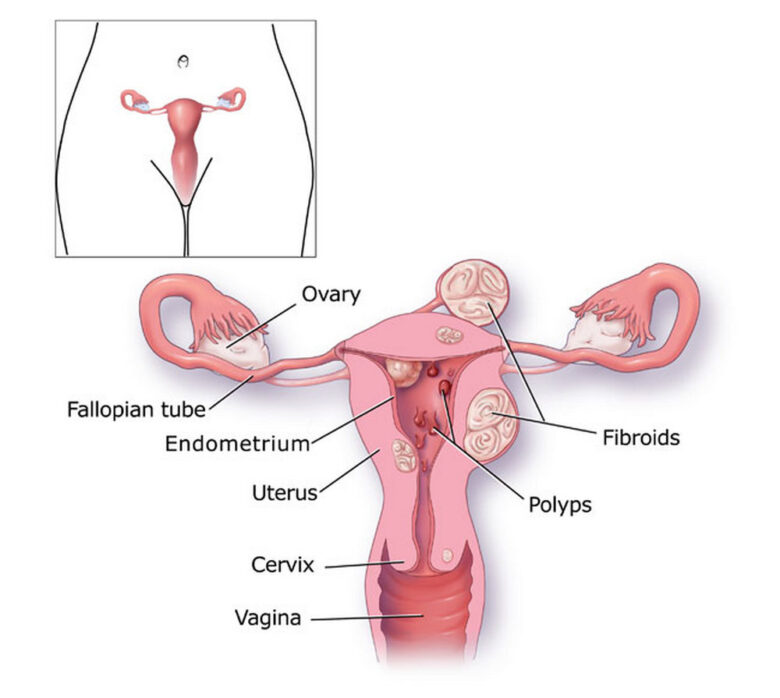
An unbalanced diet that is low on nutrition and includes mostly junk, oily, and processed foods can trigger the growth of these muscular projections called fibroids in the uterus. Also, red meat, ham, and alcohol are the most widely known risk factors for aggravating the condition of uterine fibroids.
Remember that no matter how mild the condition of uterine fibroids may seem, you should not leave it unattended. Fibroids in the uterus cannot disappear on their own. You have to take certain precautionary steps to prevent new fibroids and also follow a proper treatment for the existing ones.
How to treat uterine fibroids?
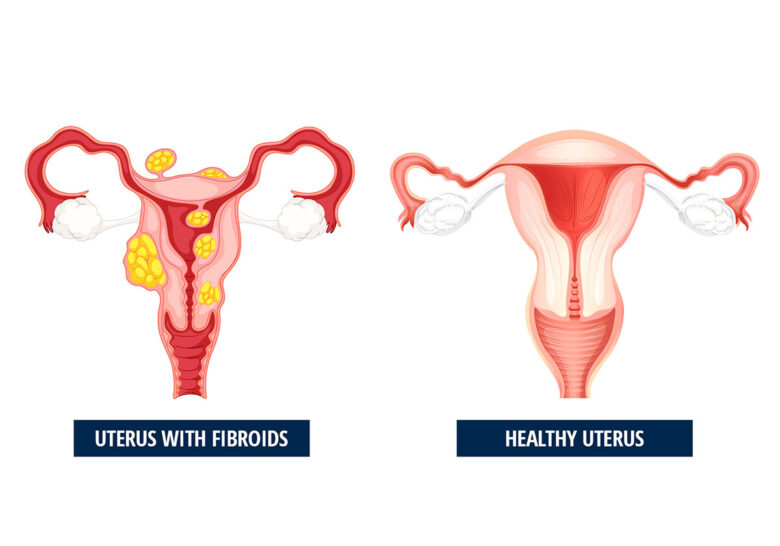
It is necessary for uterine fibroids to steer clear from the chances of serious complications. Depending upon the severity of the symptoms of fibroids, the doctor recommends the best-suited treatment. The treatment option can range from diet and lifestyle changes along with oral medication to undergoing surgery.
Let’s first get to know about the natural treatment for the fibroids and then in detail about the safe surgery option.
Natural treatment for fibroids on the uterus

- The right foods for a healthy uterus – A healthy and fiber-rich diet plays a crucial role in maintaining the overall health of the uterus. A diet rich in green leafy vegetables provides considerable protection against uterine fibroids. Also, it is important to take enough Vitamin D and include potassium-rich foods in your regular diet.
- Green tea – Many studies have shown that green tea can bring about significant improvement in the condition of uterine fibroids. Green tea contains a compound called epigallocatechin-gallate (EGCG). EGCG is an effective antioxidant and can help shrink the fibroids to a great extent.
- Chasteberry tincture – Chasteberry, also commonly known as vitex, is a great natural remedy for uterine fibroids. It helps alleviate the menstrual discomforts of uterine fibroids. Moreover, taking 25-30 drops of chasteberry tincture twice a day for about two months can help shrink small fibroids.
- Aerobic exercises and yoga – These exercises boost the blood flow and oxygen supply to the uterus. Hence, this enhances the process of flushing out the toxins out of the uterus and actively shrinks the fibroids. Yoga asanas such as torso stretch pose, Cobra pose, Bound angle pose are very effective in dealing with uterine fibroids better.
- Warm baths and compresses – If the pain and other symptoms of fibroids become intense, warm baths and hot compresses can help provide symptomatic relief. The hot compress and the warm bath stimulate proper blood circulation into the abdominal region and also help in relaxing the muscles of the uterus, thereby reducing the pain.
- Stress management – Psychological factors like stress and anxiety can trigger chemical imbalances, leading to the aggravation of fibroids. Therefore, try to manage your stress levels and don’t let them pile up. Take out a little “me-time” every day and keep your stress levels down. You can also try relaxation techniques like meditation, tai chi and massages.
Surgical Treatment – For severe cases of fibroids
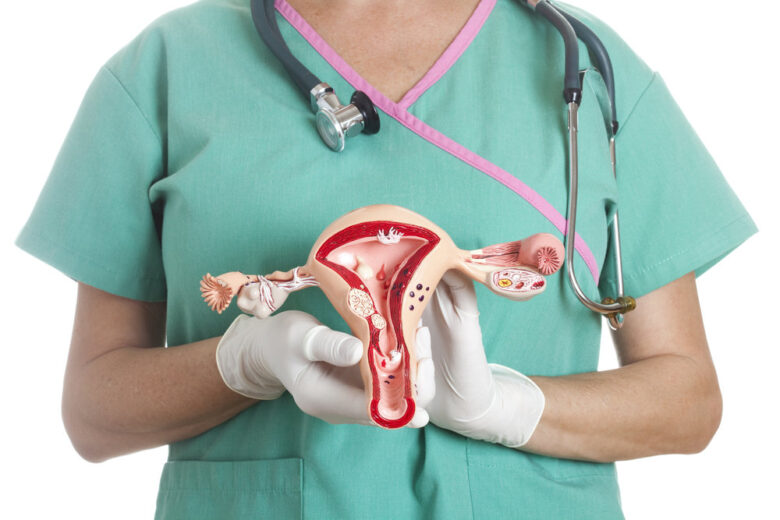
There is nothing major to fear about the surgical treatment of fibroids, the modern laparoscopy based surgeries are safe and least invasive in nature. It is easier to remove the fibroids with the help of a laparoscope and the surgical procedures are 100% safe.
Myomectomy and hysterectomy are the two major surgeries performed for the treatment of uterine fibroids. In myomectomy, the surgeon removes the fibroids without affecting the uterus at all. It is an effective procedure but does not provide a permanent solution. The fibroids can return and you may have to endure the troubles time and again.
In the case of recurrent or large fibroids, it is better to go for hysterectomy. In this surgical procedure, the surgeon removes either part of, or the whale uterus, along with the fibroids. This provides permanent riddance from uterine fibroids.
The modern surgical treatments for uterine fibroids are quite successful and have almost nil chances of complications. The recovery is very fast and smooth as well.
One reliable healthcare provider offering these advanced fibroid surgeries in Delhi is Pristyn Care. They are associated with the best gynecologists and hospitals in Delhi. Visit Pristyn Care if you have any queries.
Final Words
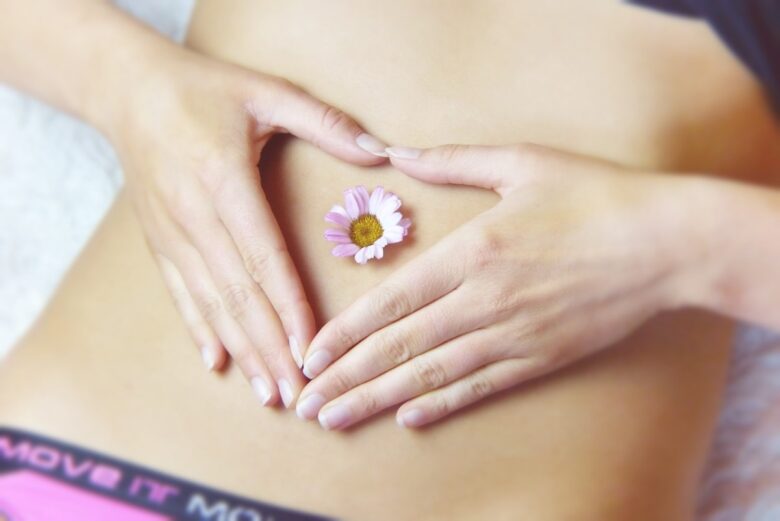
You must immediately consult a gynecologist as soon as you notice some problems with your menstrual cycle. You can now make an even better and well-informed decision after becoming aware of the causes and the best treatment for fibroids. So, ditch the pain and embrace a healthier life!


